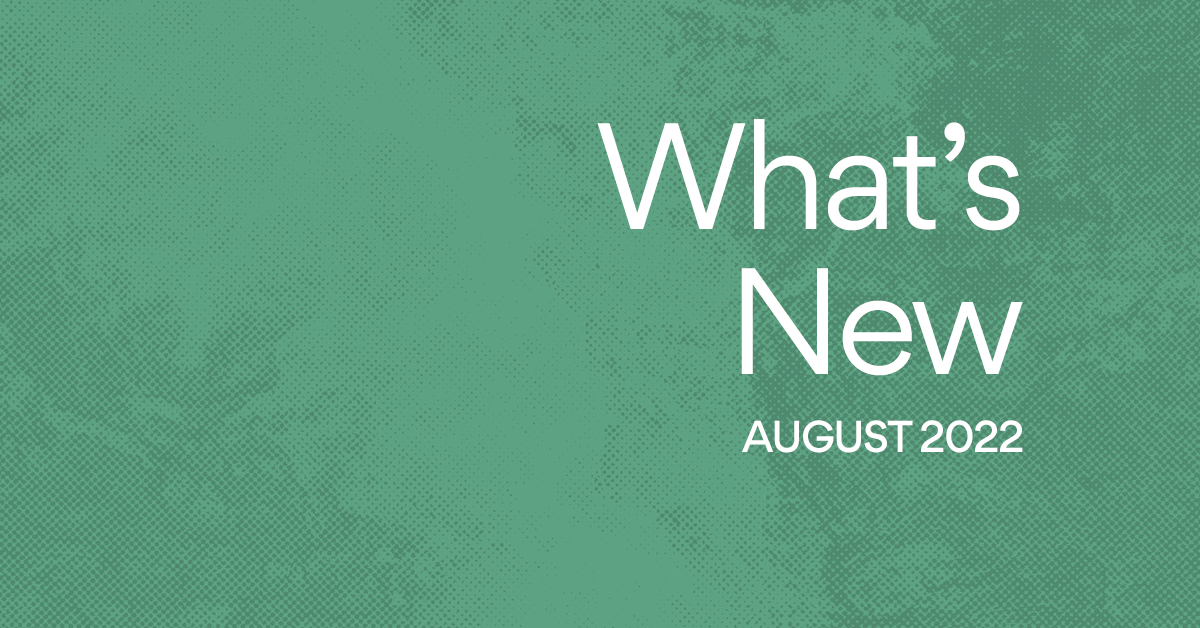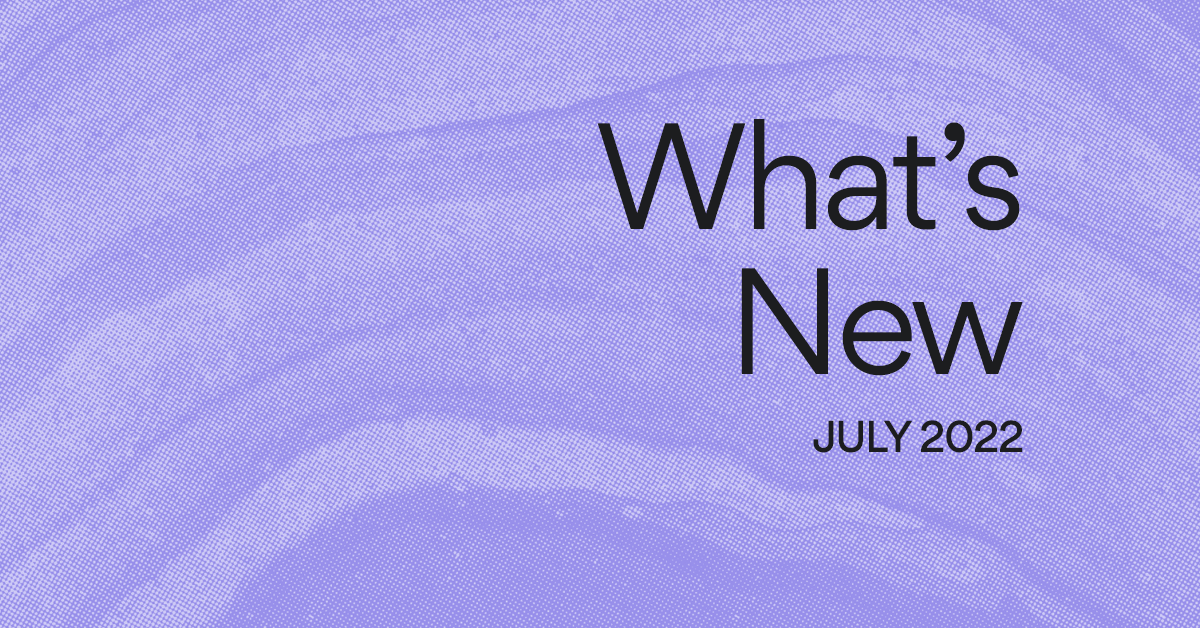5 ways to be more productive with Asana integrations
No matter what projects or processes you’re managing—campaigns, launches, meeting agendas, you name it—Asana helps your team get on the same page quickly and successfully execute your plans without dropping the ball. To make your workflows even more powerful, Asana connects with many apps you already use (like G Suite, Microsoft Teams, and Dropbox)—not to mention some new integrations you may not know about yet.
Whether you’re new to Asana or already a seasoned pro, our integrations can help you get better coordinated and work more productively across your teammates and tools. Here are a few ideas.
Spend less time on time tracking
With Asana, you can easily see who is working on what. But what if you need to keep track of the amount of time spent on that work? Asana has you covered with a variety of time-tracking integrations that work alongside your tasks.
Say you need to manage how much time your creative team spends on design and copy requests. You can use Asana with Harvest, TMetric, or HourStack to log hours on tasks and projects without leaving Asana. You can also easily generate activity reports and create timesheets for invoicing if you frequently work with external clients, vendors, or freelancers.
And for an extra boost of productivity, Asana also integrates with PomoDone, a time tracking app that applies the Pomodoro Technique™ to the work you do in Asana.
Visualize your team’s productivity data
When you can see how your team is progressing on projects and tasks, you’re better equipped to make informed decisions. Asana Dashboard lets you see progress across projects at a glance, but if you need to dive deeper, Asana integrates with various reporting apps.
To create custom graphs and dashboards, use Asana with PowerBI. It helps you analyze and transform data for more strategic decision making and sleek team productivity visuals. Or, you can pull data directly from Asana projects into Google Sheets to create custom reports, tables, charts, and scatter plots.
Asana connects with many apps you already use, not to mention some new integrations you may not know about yet.
What if you need to slice and dice data to answer more specific questions that come up? Asana also integrates with tools like ProfitTable to analyze the cost efficiency of projects and tasks and DoMetrix, to add project progress bars and get automated productivity metrics without leaving Asana.
Turn chats into actionable tasks
Sometimes you find yourself in a group chat where important decisions are made. But if these changes aren’t captured, they can get lost quickly in a sea of instant messages—and never turn into action. This is where our integrations with real-time messaging apps can help.
For example, with our Microsoft Teams connection, you can get a side-by-side view of Asana projects and group conversations—all in one place. Or if your team uses Slack, you can automatically create tasks in Asana with a simple command and get notified whenever someone completes or comments on a task.
Track issues and bugs without switching tools
Your product and engineering teams probably use software development tools, but how do they stay on top of the latest engineering tasks and prioritize them with other work? That’s where our Asana integrations with Github, Jira, and BitBucket come in handy: They make it easy to tie development work to task management.
And for bug tracking, you can try out Usersnap, Instabug, and Bugmuncher to automatically file bugs reported by your customers to Asana without switching tools. This way, your team can spot new bugs and prioritize fixes quickly.
Connect Asana with even more apps
These are just some of the apps you can connect with Asana. For even more apps, be sure to check out our full list of integrations. And if your team needs something that you don’t see, you can always build your own custom integrations using connectors like Unito, tray.io, Zapier, or IBM Connect.
What’s your favorite Asana integration? Let us know in the comments.

